Red Borneo Kratom is a unique strain of the Mitragyna speciosa tree, native to the island of Borneo. This tropical...

Red Borneo Kratom’s Side Effects and Safety Measures
Kratom, a tree native to Southeast Asia, has gained significant traction across the world as an herbal supplement with purported therapeutic benefits. Among its various strains, Red Borneo Kratom has garnered particular attention for its potent effects, which range from pain relief to sedation.
However, alongside its potential advantages, this strain is also associated with a range of side effects that warrant careful consideration. In this comprehensive examination, we will get into the side effects of Red Borneo Kratom, shedding light on both minor and severe reactions, while providing insights into the mechanisms behind these effects and strategies for mitigation.
Understanding Red Borneo Kratom
Before we get into the side effects, it's essential to understand what Red Borneo Kratom is and what sets it apart from other strains. Originating from the island of Borneo in Southeast Asia, this strain is distinguished by its high alkaloid content, particularly 7-hydroxymitragynine, which contributes to its potent analgesic and calming effects.
The unique chemical composition of Red Borneo Kratom is attributed to various factors, including the geographic location, soil composition, and harvesting techniques employed by local cultivators. It's worth noting that Kratom strains are primarily distinguished by their vein color (red, green, or white), which is indicative of the drying process and, consequently, the alkaloid profile.
Side Effects of Red Borneo Kratom
Like any substance, natural or synthetic, Red Borneo Kratom can elicit a range of side effects, particularly when consumed in higher doses or by individuals with specific sensitivities. These side effects can be divided into two categories: common and severe.
Common Side Effects
The use of Red Borneo Kratom, especially in doses higher than recommended, can lead to a range of side effects that, while generally not life-threatening, can be uncomfortable or inconvenient. These include:
-
Nausea and Vomiting: One of the most commonly reported side effects, especially in new users or those who consume high doses. This reaction is thought to be related to the alkaloids in Kratom interacting with the digestive system.
-
Constipation or Digestive Issues: Kratom has been known to affect gut motility, leading to constipation or other gastrointestinal discomforts. This is likely due to its opioid-like effects, which can slow down the digestive process.
-
Dizziness and Lightheadedness: Users may experience these symptoms due to Kratom's impact on blood pressure and circulation. Some users report feeling a mild sense of vertigo or imbalance, particularly when standing up quickly or exerting themselves.
-
Dry Mouth: A reduction in saliva production is a frequent side effect, necessitating increased water intake. This is a common side effect of substances that interact with the body's opioid receptors.
-
Headaches and Migraines: These can occur, particularly in individuals prone to migraines or when Kratom is taken in large quantities. The cause of this side effect is not fully understood, but it may be related to changes in blood pressure or neurochemical imbalances.
Severe Side Effects
While less common, there are more serious risks associated with Red Borneo Kratom, especially with prolonged use or high doses. These severe side effects include:
-
Dependence and Withdrawal: Regular, long-term use of Kratom can lead to physical dependence, with withdrawal symptoms resembling those of opioid withdrawal. These symptoms can include muscle aches, insomnia, irritability, and mood swings, among others.
-
Liver and Kidney Damage: There is growing evidence suggesting that heavy, prolonged Kratom use can lead to liver and kidney damage, though these cases are relatively rare. This is thought to be due to the strain placed on these organs by the metabolic processing of Kratom's alkaloids.
-
Respiratory Depression: Although extremely rare and typically associated with very high doses, Kratom can lead to respiratory depression, a potentially life-threatening condition wherein breathing becomes shallow or slows down significantly.
-
Seizures: In some cases, Kratom use has been linked to the occurrence of seizures, particularly in individuals with a pre-existing seizure disorder or those taking other medications that lower the seizure threshold.
-
Psychosis and Hallucinations: While uncommon, some users have reported experiencing psychotic symptoms, such as delusions and hallucinations, after consuming large doses of Kratom.
It's crucial to note that the severity and likelihood of these side effects can vary depending on several factors, including the individual's age, overall health status, and the presence of any underlying medical conditions.
Mitigating the Side Effects
While the side effects of Red Borneo Kratom can be concerning, there are several strategies that users can employ to minimize the potential risks and adverse reactions:
-
Start Low and Go Slow: One of the most effective ways to mitigate side effects is to begin with the lowest possible dose to assess your tolerance, gradually increasing as necessary. This approach allows your body to acclimate to the effects of Kratom and can help prevent unpleasant reactions.
-
Stay Hydrated: Drinking plenty of water before, during, and after Kratom use can help prevent dehydration and alleviate some side effects like dry mouth and constipation.
-
Take Breaks: Regular breaks from Kratom can prevent the development of tolerance and dependence, as well as give your body a chance to recover and reset.
-
Consult Healthcare Professionals: Before starting Kratom, especially if you have existing health conditions or are taking medication, it is crucial to consult a healthcare provider. They can advise you on potential interactions and help you make an informed decision about the safety of using Kratom in your specific circumstances.
-
Avoid Alcohol and Other Depressants: Combining Kratom with alcohol or other substances that depress the central nervous system can increase the risk of severe side effects, such as respiratory depression and impaired cognitive function.
Understanding Legal and Safety Concerns
In addition to the potential side effects, it's essential to consider the legal and safety concerns surrounding Red Borneo Kratom. The legal status of Kratom varies globally and within the United States, with some areas classifying it as a controlled substance while others allow its use for medicinal or recreational purposes.
It's crucial to stay informed about the legal implications of purchasing, possessing, and using Kratom in your jurisdiction. Failure to comply with local laws can result in legal consequences, such as fines or even criminal charges.
Furthermore, purchasing Kratom from reputable sources ensures that you receive a quality product, free from contaminants or adulterants, which can exacerbate side effects or introduce additional risks. Reputable vendors typically provide third-party lab testing results, ensuring transparency about the product's purity and potency.
While Red Borneo Kratom offers several potential benefits, users must be aware of its side effects and approach its use with caution and responsibility. By understanding these adverse reactions and employing strategies to mitigate them, individuals can make informed decisions about their Kratom use, prioritizing their health and well-being.
It's crucial to remember that Kratom is not a regulated substance, and its long-term effects are not yet fully understood. As with any supplement or medication, moderation and informed use are crucial. Individuals should always prioritize safety and legality in their use of herbal supplements like Red Borneo Kratom.
Choose Speakeasy Kratom
For those interested in high-quality, lab-tested Red Borneo Kratom, consider visiting Speakeasy Kratom. Here, you can explore a range of Kratom products, ensuring you make an informed choice while adhering to safety and legal standards. Additionally, Speakeasy Kratom provides comprehensive education and resources to help consumers explore the world of Kratom responsibly.
Frequently Asked Questions
-
What is the typical dose of Red Borneo Kratom?
The recommended dose of Red Borneo Kratom for most users is between 2-6 grams. However, it's best to start with a low dose of 1-2 grams to assess tolerance, especially for new users. The dose can then be increased gradually as needed. It's crucial not to exceed 6-8 grams per dose, as higher amounts increase the risk of adverse side effects.
-
How long does it take for Red Borneo Kratom to take effect?
The onset of effects from Red Borneo Kratom typically occurs within 30 minutes to 1 hour after consumption. However, this can vary based on factors such as the individual's metabolism, dose, and method of ingestion. The peak effects are usually felt around 1.5-2.5 hours after consumption, with the overall duration lasting 4-6 hours.
-
Is Red Borneo Kratom legal?
The legal status of Kratom, including Red Borneo, varies by country and jurisdiction. In the United States, it is currently legal at the federal level but has been banned or regulated in several states and cities. It's crucial to research and understand the specific laws in your area before purchasing or consuming Red Borneo Kratom.
-
Can Red Borneo Kratom be addictive?
While not as addictive as some traditional opioids, Red Borneo Kratom does have the potential for dependence and addiction, especially with long-term, heavy use. This is due to the active alkaloids in Kratom interacting with the brain's opioid receptors. Users should exercise caution, take breaks, and avoid rapidly escalating doses to minimize the risk of developing an addiction.
-
Are there any interactions with medications?
Yes, there are potential interactions between Red Borneo Kratom and certain medications, particularly those that affect the central nervous system or liver metabolism. Kratom may interact with medications like benzodiazepines, opioids, antidepressants, and blood thinners. It's crucial to consult with a healthcare professional before combining Kratom with any prescription or over-the-counter medications.







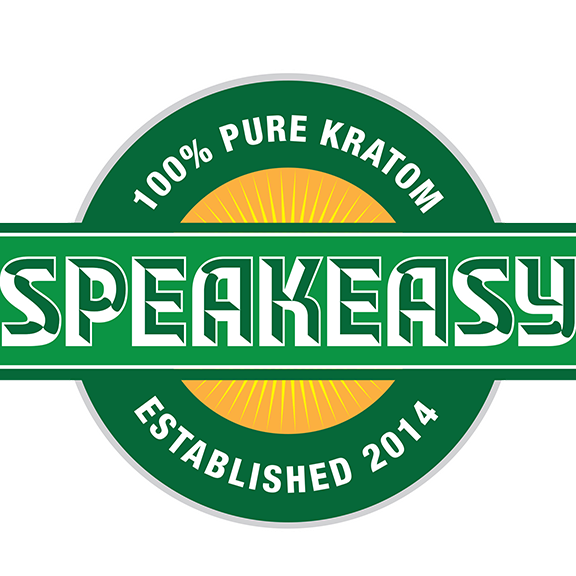
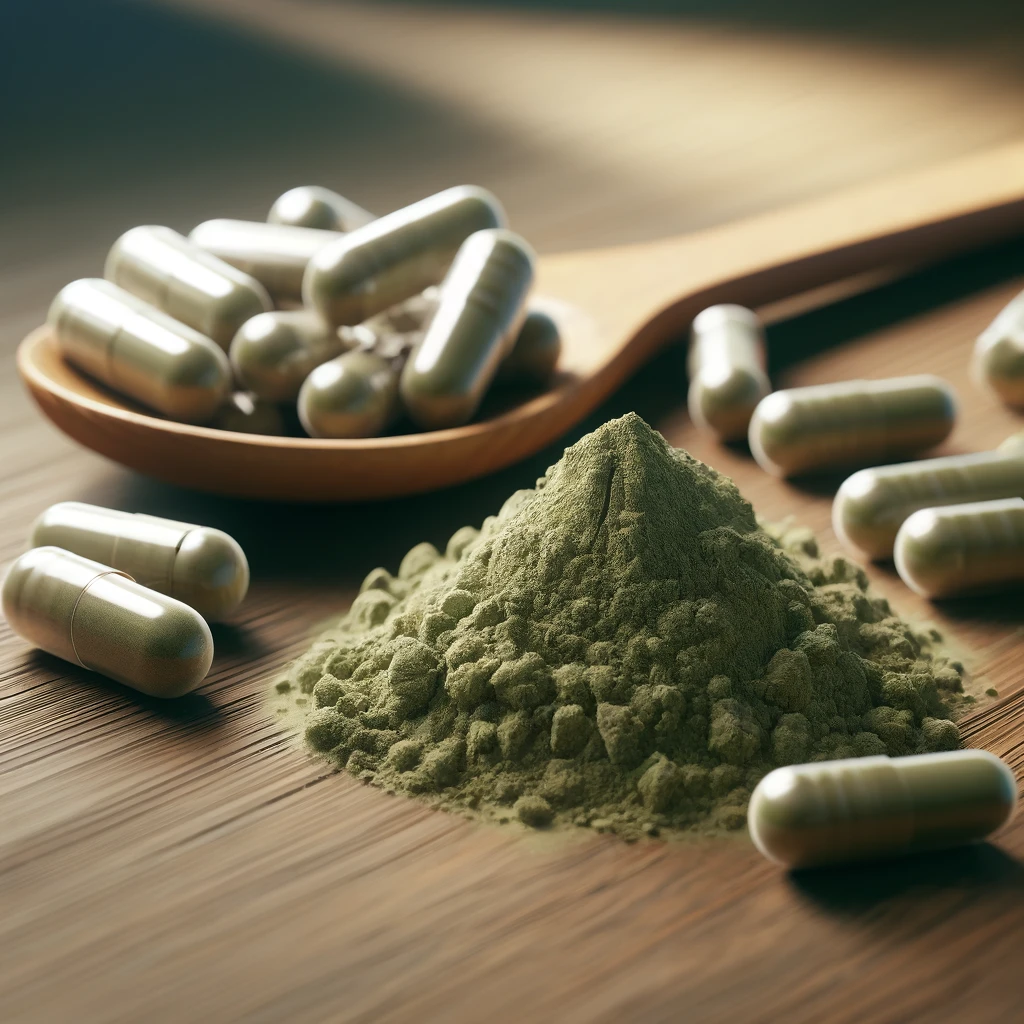


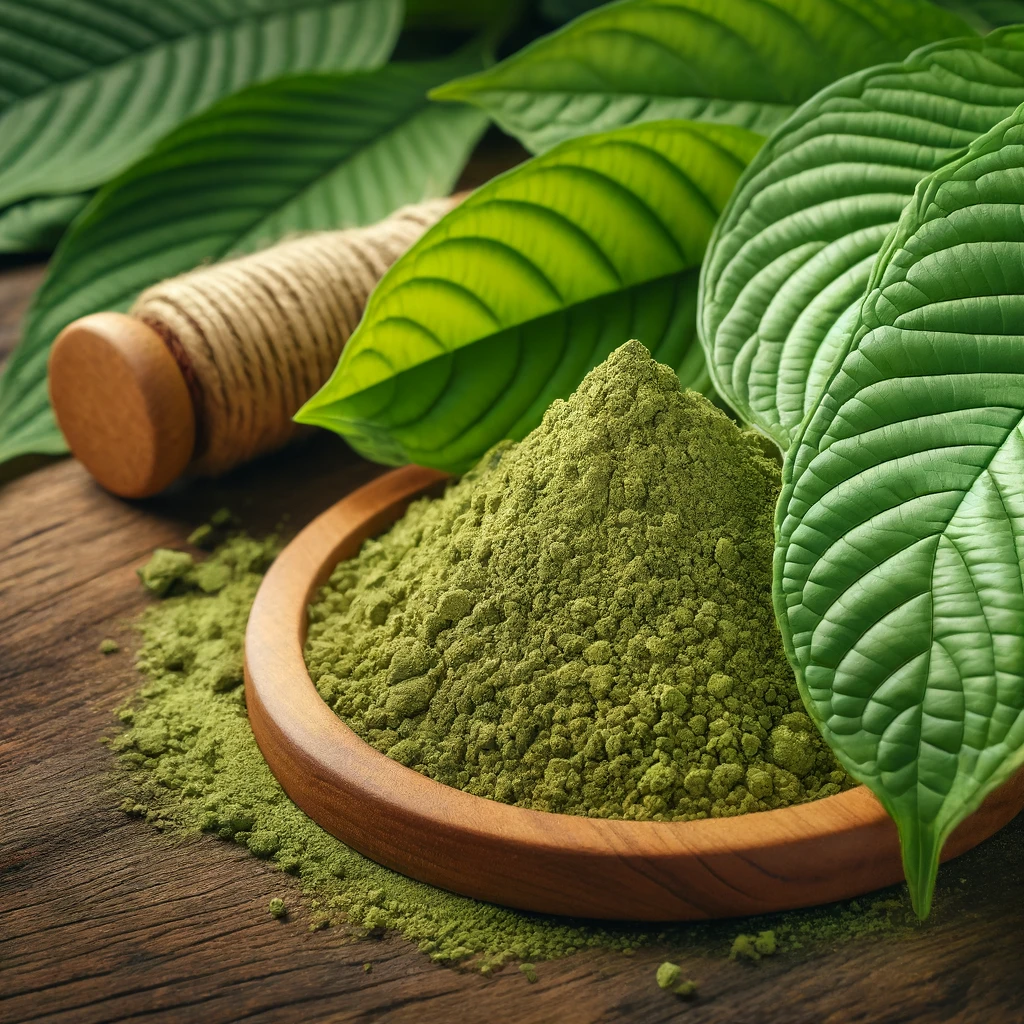
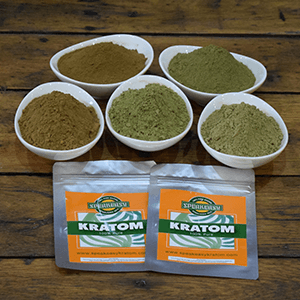

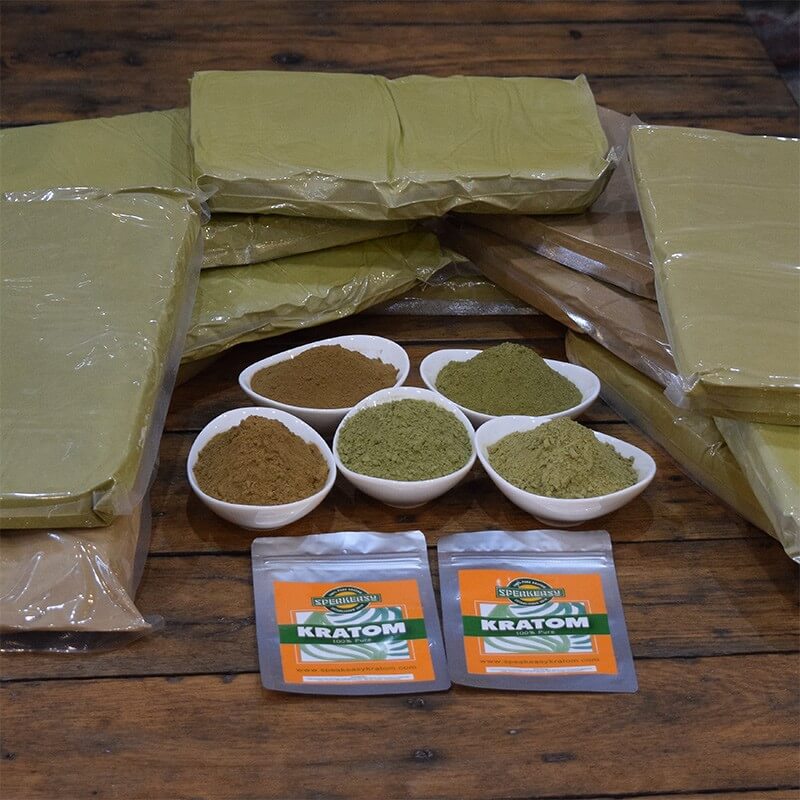


Leave a comment